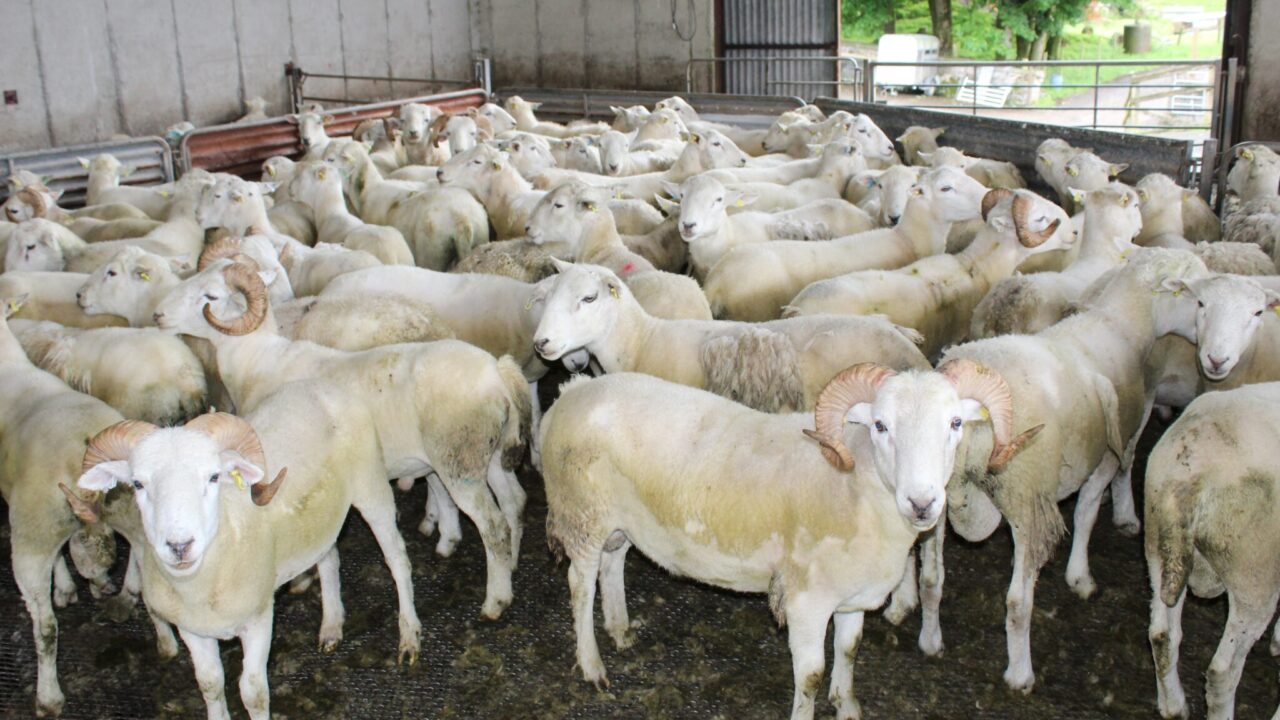The fall-off in lamb numbers and growing consumer awareness of the costs required to produce high quality meat will drive sheep trade over the coming months, in the views of a leading Scottish breeder.
Dye Clark, from Lanark in Scotland, who judged the sheep classes at Antrim Show 2025, told Agriland: “I think the prospects for sheep are very strong at the moment.
“The trade is dong very well. And it can only get better. We just need to keep the meat coming from lambs with a natural fleshing ability.
“Getting as much performance from grass is also important. Production costs are expensive enough without having to feed meals.”
The latest Kantar data is confirming that UK lamb retail products saw a 4.1% increase in spend, driven by a 4.7% increase in average prices paid, as actual volumes purchased declined by 0.6% year-on-year.
Total primary lamb cuts saw a 2.9% volume increase in the 12-week period, primarily driven by lamb roasting joint performance.
This saw a 12.8% increase in volumes, due to higher volumes purchased per trip and a boost in shopper numbers. Lamb steaks also saw slight growth (+0.3%), driven by a rise in product buyers.
Processed lamb volumes saw a 3.4% increase this period. Burgers and grills drove this performance and saw a 3.9% volume increase, driven by a rise in volumes purchased per trip and number of buyers, likely influenced by a shift to warmer weather.
Sheep trade
Total lamb numbers have fallen throughout the UK and Ireland by about 4% over the past 12 months.
A number of factors have been identified as driving this process. These include a fall-off in the number of young people coming into the sheep farming industry, linked to a perceived poor work/life balance at specific times of the year.
AHDB is predicting that lamb volumes will be down 7% in 2025, year-on-year
It is hoped that a strengthening of commercial lamb markets will help to reverse this trend during the period ahead.
The UK market has also seen bumper lamb imports so far in 2025, with volumes up 10% on the year from January to May.
This aligns with seasonally lower domestic production for the UK at the very start of the year, and improved access for southern hemisphere product under free trade agreements with both New Zealand and Australia.

